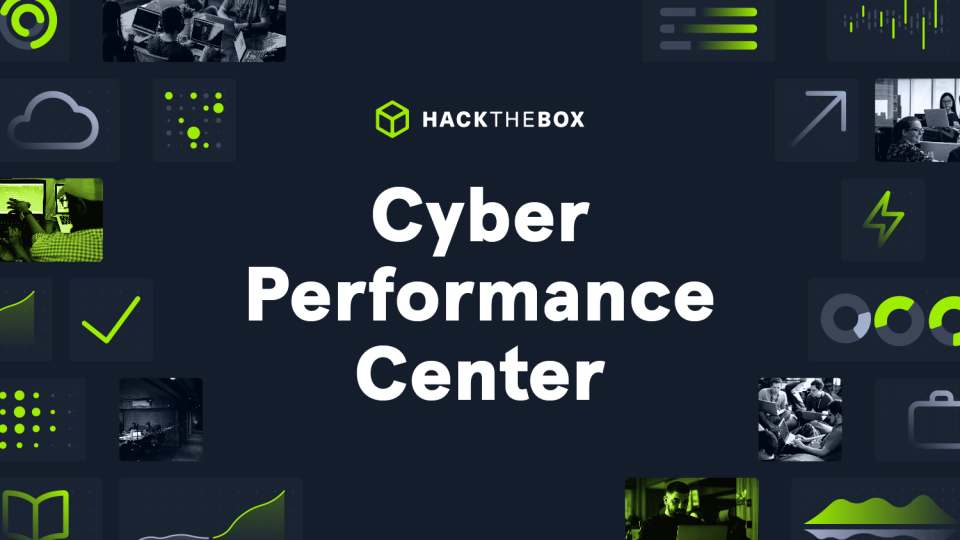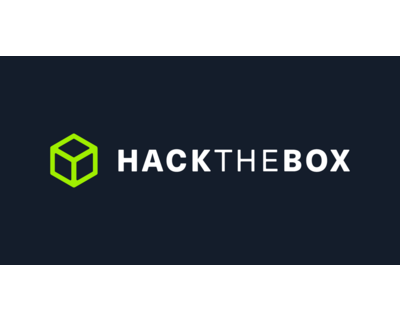Hack The Box Redefines Cybersecurity Performance, Setting New Standards in the Cyber Readiness of Organizations
The innovative Cyber Performance Center approach helps businesses present a united front against cybercrime by aligning cybersecurity and corporate goals.
NEW YORK, NY, LONDON, UK and SYDNEY, AUSTRALIA / ACCESSWIRE / April 10, 2024 / Companies can level up their cybersecurity defenses – eliminating the skills and knowledge gaps that criminals regularly exploit thanks to Hack The Box’s Cyber Performance Center.


Hack The Box’s Cyber Performance Center unites individual ability, business management practices, and the human factor in the cybersecurity industry and it is designed to help organizations take a coordinated approach to their cyber readiness, reducing the vulnerabilities created when cybersecurity is siloed or treated as a tick-box requirement.
Its innovative model transcends the limits of traditional cyber training, taking a 360º overview that considers a business’s processes and technology investments along with the requirements of its cybersecurity teams. By matching processes and exercises to organizational outcomes it helps to align cybersecurity and business objectives.
Hack The Box’s disruptive approach also directly addresses the key human element within corporate cybersecurity, focusing on the upskilling and development cyber professionals need to perform to their best while providing clear career paths to encourage retention and combat the increased burnout and fatigue within the sector. This is critical as the global cybersecurity industry currently faces a skills shortage of four million people.
It is estimated that, by next year over half of significant cyber incidents will be caused by human error or skill shortages1. The Cyber Performance Center approach helps organizations tackle their security as a company-wide goal, considering the needs of its cybersecurity team, business processes, and respective technology investments to promote a healthy security culture.
Hack The Box combines these three organizational pillars with a continuous learning journey based on the latest technologies, vulnerabilities, and solutions for all cybersecurity domains. The approach enables customers to create and maintain a robust cyber strategy, unlocking the skills of each member of…



